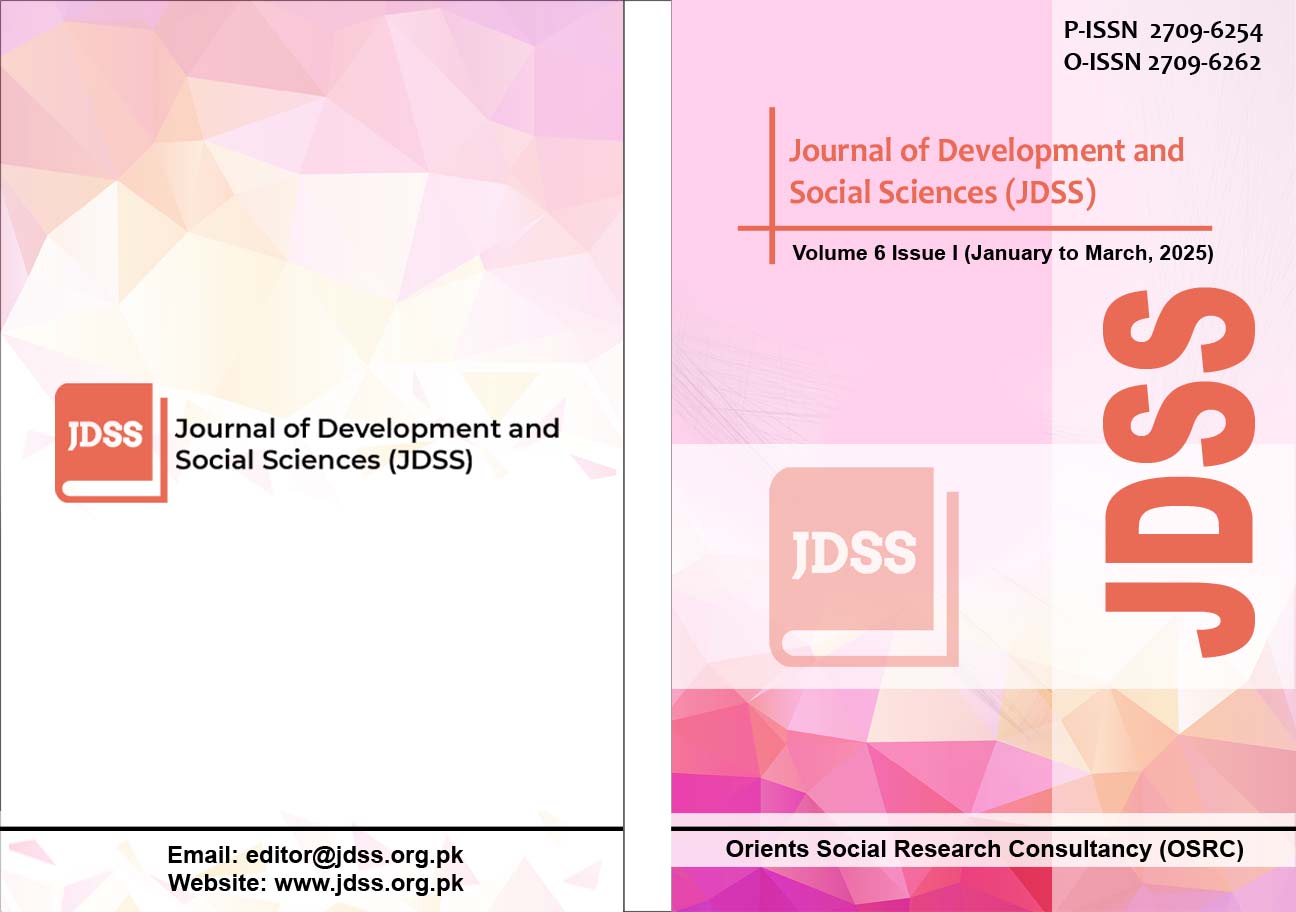Ubiquitous Learning in Higher Education in Pakistan: The Usage, and Acceptance
DOI:
https://doi.org/10.47205/jdss.2025(6-I)39Keywords:
Learning, Ubiquitous Learning, Self-Directed Learning, Pervasive Learning, Ubiquitous Learning AcceptanceAbstract
This study aims to investigate the determinants of the use and acceptance of ubiquitous learning in higher education in Pakistan, offering lessons on how to overcome challenges to improve its use. The integration of ubiquitous learning within institutions of higher learning is challenged by considerable hurdles, especially in developing countries. The study utilized a cluster sampling technique to select participants from public sector universities in Pakistan. Data was collected through an online questionnaire of a seven-point Likert scale to measure responses. The insights from correlation and regression analyses revealed that contextual awareness, hedonic motivation, personal innovativeness, and self-directed learning have significant influences on ubiquitous learning technology acceptance in higher educational institutions in Pakistan. The study proposes enhancing contextual awareness by making digital content suitable to students' needs and increasing hedonic motivation through interactive, intuitive interfaces. Building up personal innovativeness and self-initiated learning through structured facilitation to improve ubiquitous learning technology adoption.
Downloads
Published
Details
-
Abstract Views: 184
PDF Downloads: 180
How to Cite
Issue
Section
License
Copyright (c) 2025 Journal of Development and Social Sciences

This work is licensed under a Creative Commons Attribution-NonCommercial 4.0 International License.

ORIENTS SOCIAL RESEARCH CONSULTANCY (OSRC) & Journal of Development and Social Sciences (JDSS) adheres to Creative Commons Attribution-Non Commercial 4.0 International License. The authors submitting and publishing in JDSS agree to the copyright policy under creative common license 4.0 (Attribution-Non Commercial 4.0 International license). Under this license, the authors published in JDSS retain the copyright including publishing rights of their scholarly work and agree to let others remix, tweak, and build upon their work non-commercially. All other authors using the content of JDSS are required to cite author(s) and publisher in their work. Therefore, ORIENTS SOCIAL RESEARCH CONSULTANCY (OSRC) & Journal of Development and Social Sciences (JDSS) follow an Open Access Policy for copyright and licensing.







